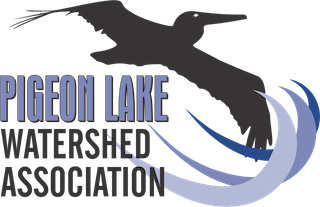2021-08-01 - Itaska Beach Flora & Fauna
“In a walk through the area in August, 2021, I saw and heard several species of wildlife and recognized habitat structural features of importance to wildlife, as listed below.
• Large white spruce trees of importance to seed-eating birds (such as crossbills), red squirrels, and nesting cover for songbirds and birds of prey.
• Large downed trees in early stages of decomposition available for use as ruffed grouse drumming logs and providing cover for small mammals such as voles, hares, and marten.
• Other downed trees in advanced stages of decomposition providing a substrate for fungal growth and inhabitation by insects, other invertebrates, and small mammals.
• Dead standing trees, known as snags, providing open perches for birds of prey like hawks and owls, and for insectivorous birds such as flycatchers.
• Snags with open cavities created by primary cavity-nesting birds (woodpeckers), that are also being used by secondary cavity-nesting wildlife including owls, songbirds, and bats.
• Clusters of black spruce trees in areas of Sphagnum (peat), feathermosses and sedges, providing bog-like characteristics for heath plants such as Labrador tea, willows and carnivorous plants, such as sundew; all combining to create habitat for frogs, toads, salamanders, voles, other small mammals, and even moose.
• A variety of deciduous forest areas, with balsam poplar, trembling aspen and white birch, varying in age and tree size, along with a diverse shrub understory; all providing suitable habitat for warblers, chickadees, nuthatches, flycatchers, thrushes, jays, accipiters (forest-dwelling hawks) and owls.
• Thick forest-floor vegetation important to small mammals, amphibians, and groundnesting birds.
• Mammal dens amongst upturned roots, below large trees, and inside large woody debris on the forest floor.
• Edge habitats with heavy shrub and understory plant development that is important to edge-dwelling wildlife such as white-tailed deer, varying hare, yellow warbler, crows, magpies, and blue jays.”
Observations researched and published in “An Overview of Ecological Services Provided by the Itaska Audubon Natural Area by Richard Quinlan and Ron Hammerstedt,” which is linked on the Itaska Beach website.
